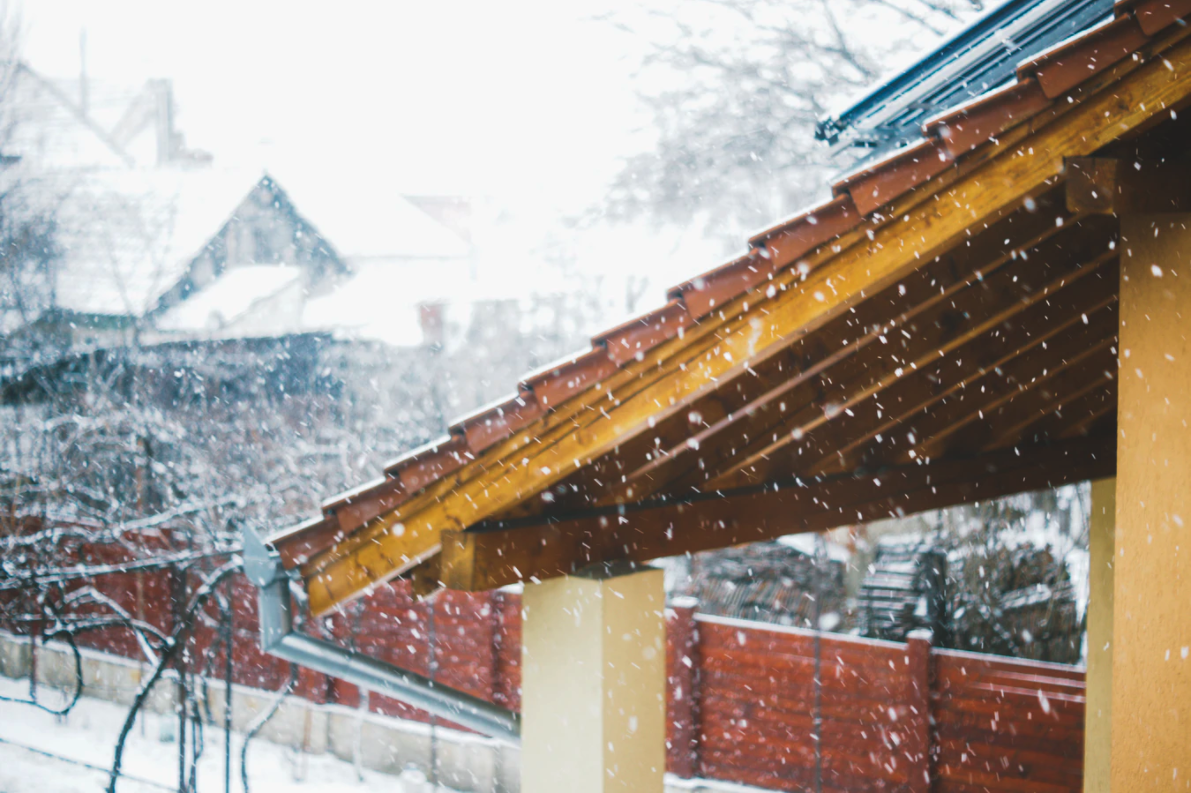
Renovating your home is not just accomplished to increase its value. It’s necessary to provide the highest level of protection against severe weather conditions. Before a storm season arrives, give a new and improved look to your property. Review the following types of upgrades that you should consider making.
Check Drainage Areas
Make sure that flooding does not occur easily in and around your home. Check the condition of your gutters, which are designed to drain water away from the front of the house. Check the ground and fill holes that easily collect puddles and pools of standing water.
Replace Siding
Siding is the first line of defense for your home’s exterior. Damaged siding is cracked, riddled with holes or bent out of shape. Replace the siding with a stronger, reinforced material than it was originally. It’s important to have the color shade and material match the surrounding area.
Roof Replacement
The roof on a decades-old house is guaranteed to be riddled with cracks and leaks. A total replacement is needed for full protection against heavy rainfall, winds and snowfall. The first step is to understand the different types of roofing materials, including the lifespan and method of installation. Asphalt shingles are common but not made of the strongest materials. Metal is the strongest material that guarantees the longest lifespan with minimal maintenance. Metal roof replacements can be made over your existing shingles. These multiple layers of protection ensure that your roof suffers the least amount of damage in a storm.
Repair or Replace Windows
During a severe storm, rocks may fly through the air and crack the window glass. Low-lying tree branches could leave visible scratches on the glass. You may be able to use a special chemical to remove a scratch.
In some cases, you need to do more than a repair, so replace your window for an improved function and design. Choose a strengthened material, like fiberglass or tempered glass, that is highly resistant to damages. In the end, you’ll have a cleaner, clearer window that provides several more decades of protection.
You may have noticed structural damages appear on your home’s roof or siding after a storm hit. In addition to seeing leaves and tree branches scattered in the yard, you may see broken-off parts of the roof, cracked glass and more. Know where and how to renovate your home to make it stronger against these natural dangers.


